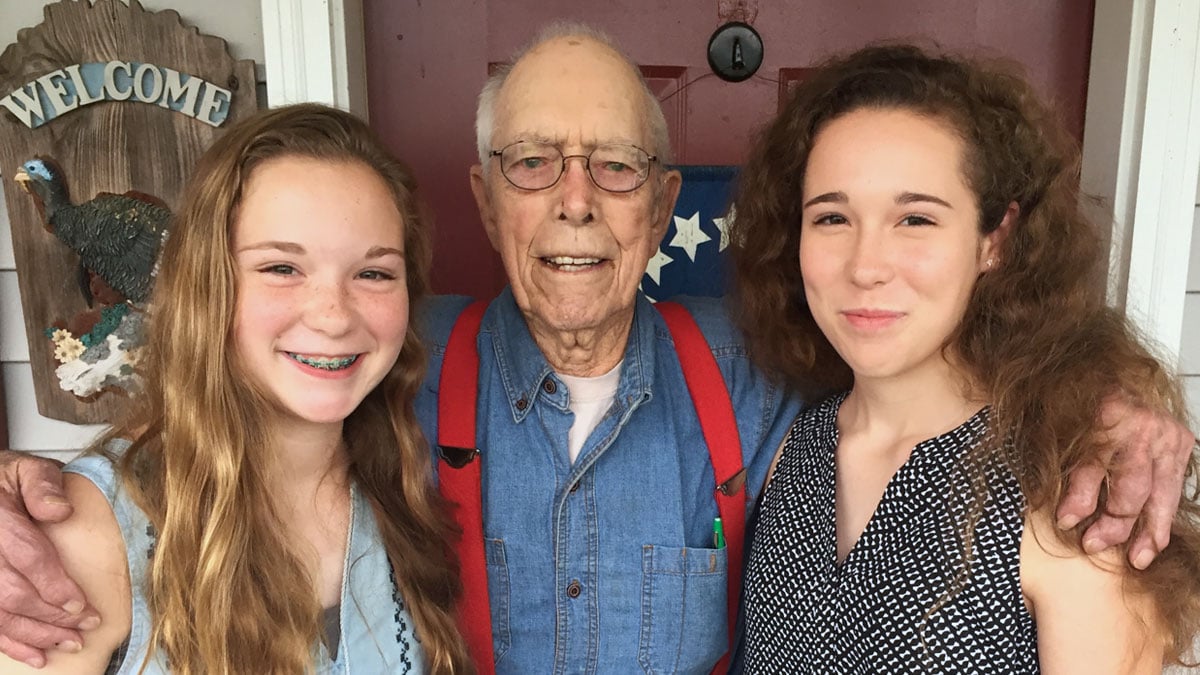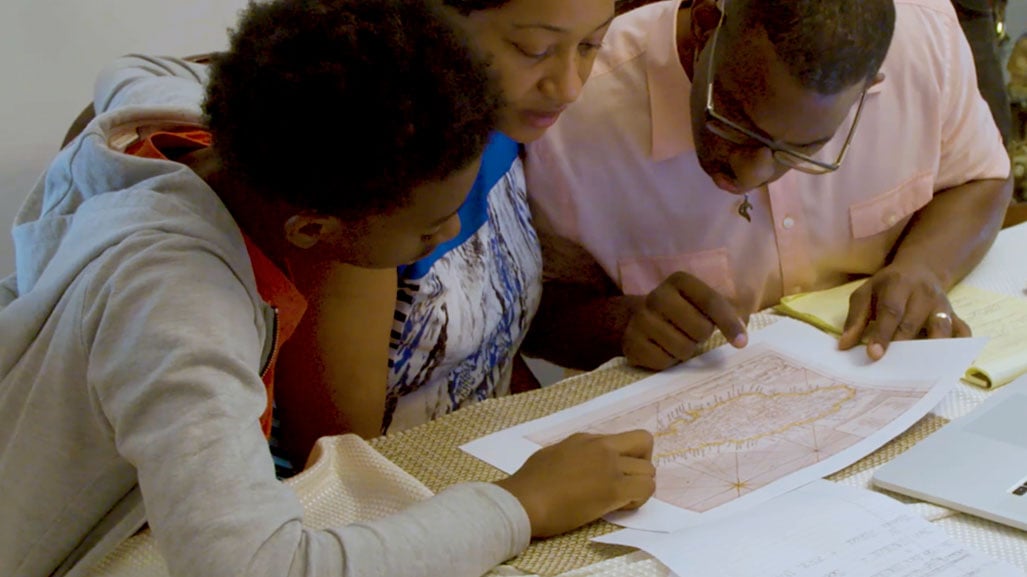Activity TwoFamily Interviews

Activity Goal Investigate Your Genealogical Self
Materials
- Pencil or Pen
- Printed Facts about you Self Survey
- Printed Who do you think you are? Self Survey
- Printed Family History Interview
Overview:
In the series Finding Your Roots: The Seedlings, we explored the idea that we have at least three versions of ourselves to discover:
- Our genealogical self - This version of ourselves is about our connection to our family line; who are our parents, our grandparents, and their ancestors before them? What events shaped these people? How did they live? Did they stay in one place for generations or move around their country or around the world?
- Our genetic self - The DNA blueprint from which our physical bodies are created. To discover this version of themselves, The Seedlings completed a DNA ancestry test.
- Our intentional self - This is how we define ourselves - our likes, dislikes, and values. It’s about who we want to be and what we do to become that person.
You can research your genealogical self from home by talking to members of your family and researching on the internet. We’re going to do that with some of these activities.
You can think about your intentional self anytime you like, but especially when you have to make a tough decision or plan a course of action.
To discover your genetic self, you have to pay a specialized lab that can sequence your DNA and tell you what some of the genetic markets mean. Seeing this information can be a revealing and surprising experience. You can decide at any time (with your parents or caregivers) whether to do this.
Step One - Complete Surveys About Yourself
Let’s start by answering a few questions about who you think you are, and listing some of the activities and traditions that shaped your childhood.
Step Two - Interview Family Members About Their History
Now it’s time to ask other people in your family some questions to learn more about your family’s history and movement around the country and world.
Print out forms for as many family members as you are able to survey. Filling out these documents with your relatives can be fun and help you get to know some things about them that you probably didn’t already know. Years from now, these documents can be useful to your children or other future relatives who want to know more about people who are no longer with us.

You can add your own questions if something particular interests you.
Downloads

